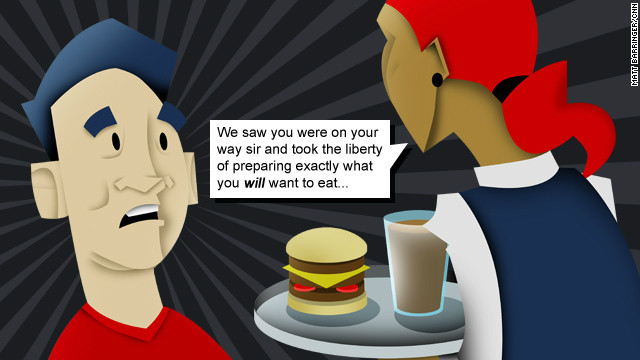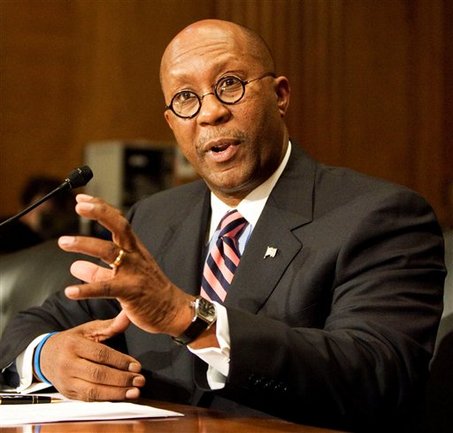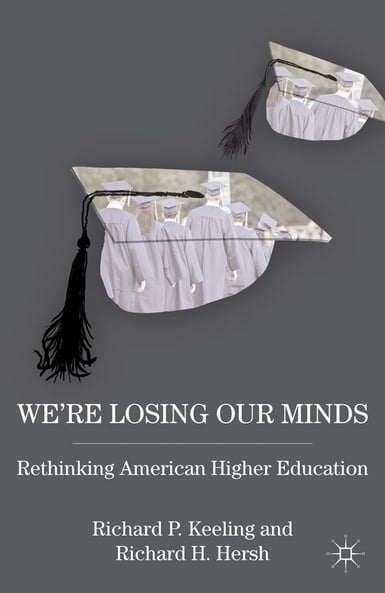 NYTimes | With public employee unions under attack in states like Wisconsin, and with cities across the country looking to trim budgets, behold a town built almost entirely on a series of public-private partnerships — a system that leaders around here refer to, simply, as “the model.”
NYTimes | With public employee unions under attack in states like Wisconsin, and with cities across the country looking to trim budgets, behold a town built almost entirely on a series of public-private partnerships — a system that leaders around here refer to, simply, as “the model.”
Cities have dabbled for years with privatization, but few have taken the idea as far as Sandy Springs. Since the day it incorporated, Dec. 1, 2005, it has handed off to private enterprise just about every service that can be evaluated through metrics and inked into a contract.
To grasp how unusual this is, consider what Sandy Springs does not have. It does not have a fleet of vehicles for road repair, or a yard where the fleet is parked. It does not have long-term debt. It has no pension obligations. It does not have a city hall, for that matter, if your idea of a city hall is a building owned by the city. Sandy Springs rents.
The town does have a conventional police force and fire department, in part because the insurance premiums for a private company providing those services were deemed prohibitively high. But its 911 dispatch center is operated by a private company, iXP, with headquarters in Cranbury, N.J.
“When it comes to public safety, outsourcing has always been viewed with a kind of suspicion,” says Joseph Estey, who manages the Sandy Springs 911 service in a hushed gray room a few miles from city hall. “What I think really tipped the balance here is that they were outsourcing just about everything else.”
Does the Sandy Springs approach work? It does for Sandy Springs, says the city manager, John F. McDonough, who points not only to the town’s healthy balance sheet but also to high marks from residents on surveys about quality of life and quality of government services.
But that doesn’t mean “the model” can be easily exported — Sandy Springs has the built-in advantage that comes from wealth — or that its widespread adoption would enhance the commonweal. Critics contend that the town is a white-flight suburb that has essentially seceded from Fulton County, a 70-mile-long stretch that includes many poor and largely African-American areas, most of them in Atlanta and points south.
The prospect of more Sandy Springs-style incorporations concerns people like Evan McKenzie, author of “Privatopia: Homeowner Associations and the Rise of Residential Private Government.” He worries that rich enclaves may decide to become gated communities writ large, walling themselves off from areas that are economically distressed.
“You could get into a ‘two Americas’ scenario here,” he says. “If we allow the more affluent to institutionally isolate themselves, then the poor are supposed to do — what? They’re supposed to have all the poverty and all the social problems and deal with them?”
The champions of Sandy Springs counter that they still send plenty of tax dollars to the county and that race had nothing to do with the decision to incorporate. (The town’s minority population is now 30 percent and growing, they note.) Leaders here say they had simply grown tired of the municipal service offered by Fulton County.
“We make no apologies for being more affluent than other parts of the metro area,” says Eva Galambos, the mayor of Sandy Springs. And what does she make of the attitude of the town’s detractors? “Pure envy,” she says.
























